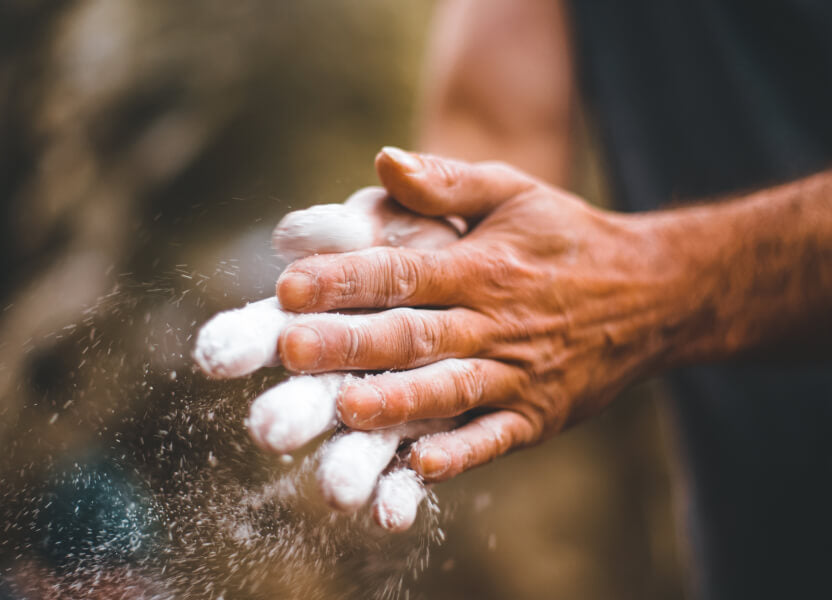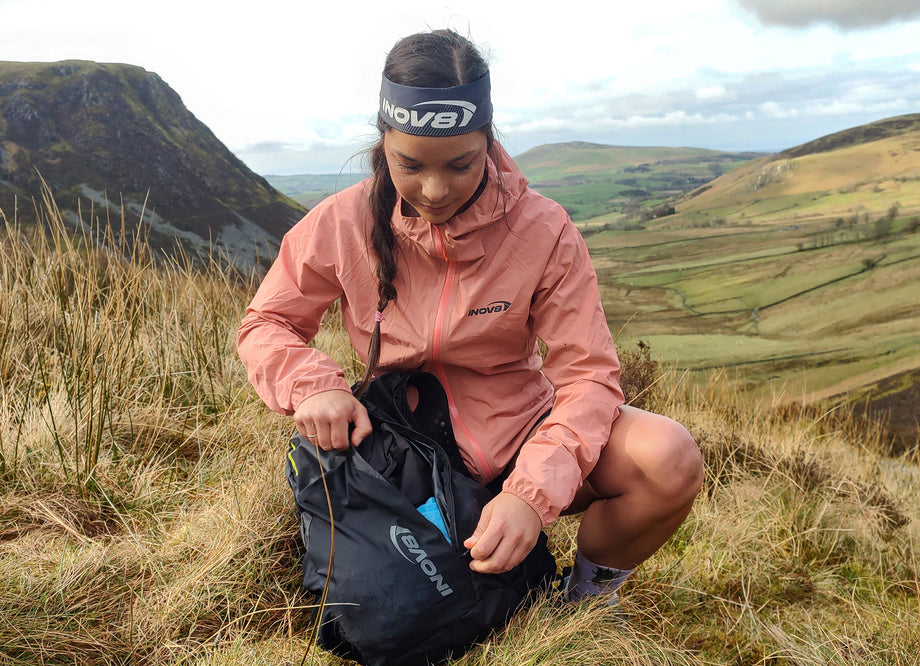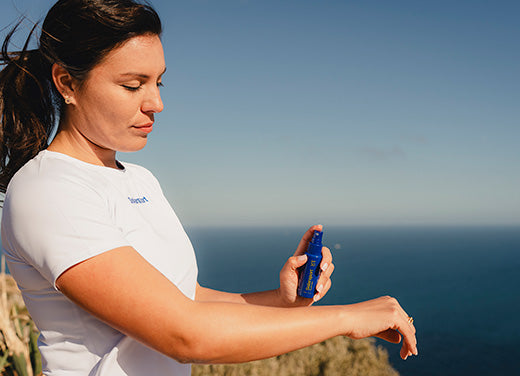Skincare Expert Busts 10 Common Myths About SPF
As summer approaches and the sun starts to make an appearance, people are spending more time outdoors. Whether it's for sports, relaxation, or simply enjoying the warm weather, protecting your skin from the sun's harmful rays is crucial.
With skin cancer rates projected to rise by 9% in the UK between 2023 and 2025, and rates increasing faster than any other cancer, it’s an issue that’s not going away.
But worryingly, many people still underestimate the link between sunburn and skin cancer. Recently the internet has been awash with debates about SPF, and misconceptions about sunscreen can lead to inadequate protection and increased risk of skin damage.
With all the conflicting information, it’s no wonder Brits aren’t as stringent about sun protection as they should be.
Skin-care experts from Solarsport, a new name in sun protection, help clear up ten of the most common sunscreen myths.
Myth 1: People with darker skin tones don’t need to wear sunscreen.
Reality: While it's true that people of colour have more melanin, which provides some natural protection against UV rays, it does not make them immune to sun damage. Everyone, regardless of skin tone, can suffer from sunburn, skin cancer, and premature ageing. Sunscreen is essential for all skin types to ensure comprehensive protection.
Myth 2: If I put sunscreen on in the morning, I'm protected all day.
Reality: Applying sunscreen once in the morning is not enough to keep you protected throughout the day. Sunscreen wears off due to sweating, swimming, and natural skin oils. It should be reapplied every two hours and immediately after swimming or excessive sweating to maintain its effectiveness.
Myth 3: You can’t get burnt in the shade.
Reality: While seeking shade can reduce your exposure to direct sunlight, it doesn't offer complete protection. UV rays can still reach your skin indirectly by reflecting off surfaces like water, sand, and concrete. It's important to wear sunscreen even when you're in the shade.
Myth 4: Exercise makes my skin red, not the sun.
Reality: Physical activity can increase blood flow to the skin, causing it to appear red. However, this does not mean you are protected from sunburn. UV rays can penetrate the skin regardless of exercise. Always wear sunscreen when exercising outdoors to protect your skin from sun damage.
Myth 5: You can’t get burnt through glass such as a car window.
Reality: While car windows do block most UVB rays, which cause sunburn, they do not block UVA rays, which penetrate deeper into the skin and can cause long-term damage. Applying sunscreen before a car journey is essential to protect your skin from UVA exposure.
Myth 6: My makeup has SPF, so I don’t need to apply sunscreen.
Reality: Many makeup products contain SPF, but they are often not enough to provide adequate protection. The amount of makeup typically applied is much less than the amount needed to achieve the advertised SPF protection. It's best to apply a layer of sunscreen underneath your makeup for full coverage.
Myth 7: Sunscreen is only necessary on sunny days.
Reality: UV rays are present every day, regardless of the weather. Up to 80% of UV rays can penetrate through clouds, meaning you can still get sunburned on overcast days. Make sunscreen a daily habit, rain or shine.
Myth 8: Sunscreen causes spots.
Reality: While some sunscreens can clog pores and cause breakouts, many are formulated specifically for sensitive or acne-prone skin. Look for non-comedogenic and oil-free options to keep your skin clear and protected.
Myth 9: A higher SPF means I can stay in the sun longer.
Reality: SPF indicates the level of protection against UVB rays, but it does not mean you can spend unlimited time in the sun. Regardless of the SPF, sunscreen should be reapplied every two hours. Higher SPF products do offer more protection, but they are not a substitute for regular reapplication.
Myth 10: Waterproof sunscreen doesn’t need to be reapplied.
Reality: No sunscreen is completely waterproof. "Water-resistant" sunscreens maintain their SPF for a certain amount of time while swimming or sweating, typically 40 to 80 minutes. It’s crucial to reapply after swimming or sweating to ensure ongoing protection.
Remember, sun safety is a daily commitment, no matter your skin type or the weather. Stay informed and protect your skin to enjoy the sun safely.
Latest Articles

5 Tips for Good Skin for Active Lifestyles

5 Things to Take with you on a Trail Run

Skincare Expert Busts 10 Common Myths About SPF
Whether it's for sports, relaxation, or simply enjoying the warm weather, protecting your skin from the sun's harmful rays is crucial.
But worryingly, many people still underestimate the link between sunburn and skin cancer.
Essential Skincare Set
Experience all-day sun protection tailored for your active lifestyle. Pair our daily moisturiser with our conveniently portable sunscreen, ensuring you're never without essential sun defence.
Buy Now